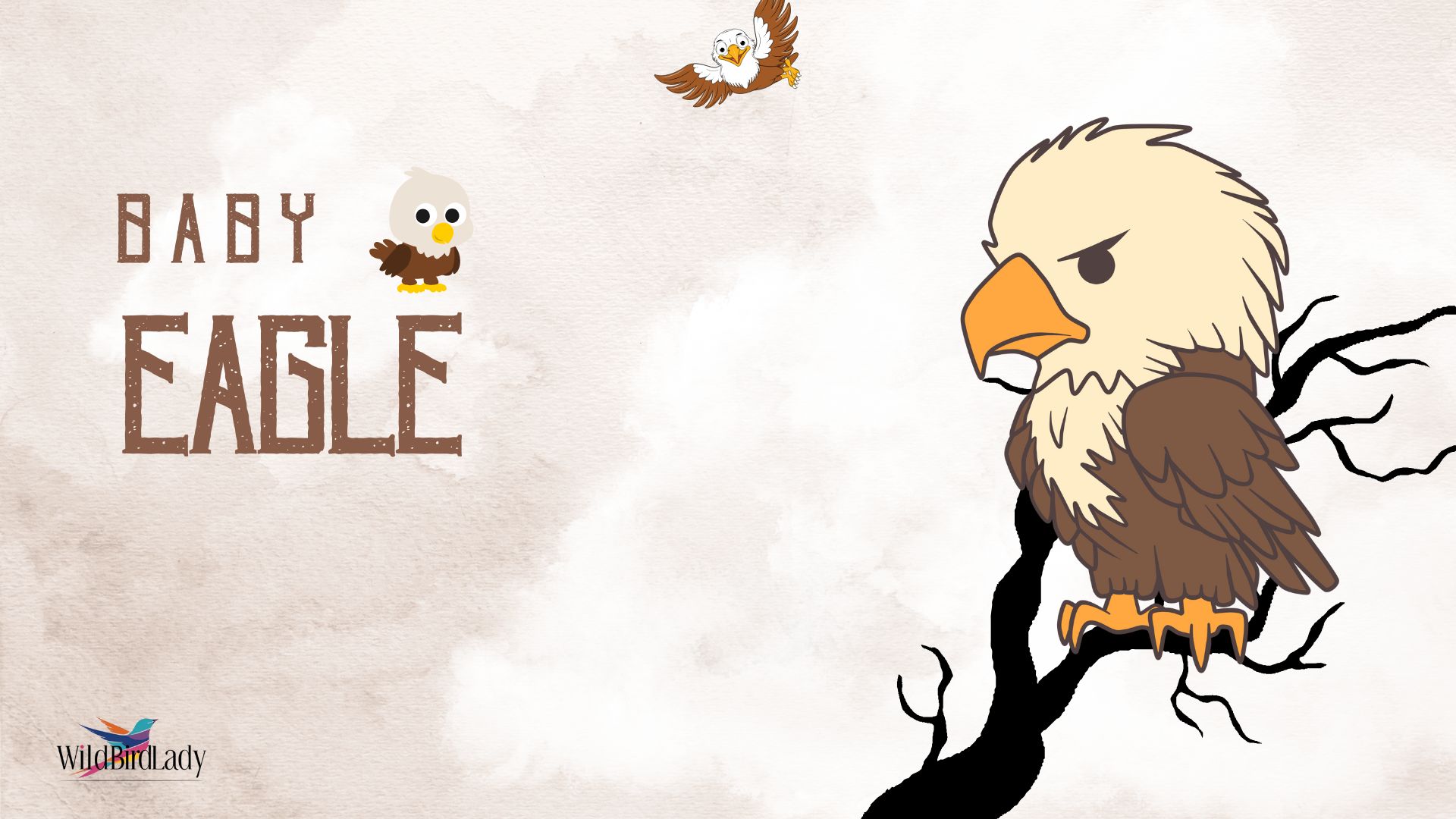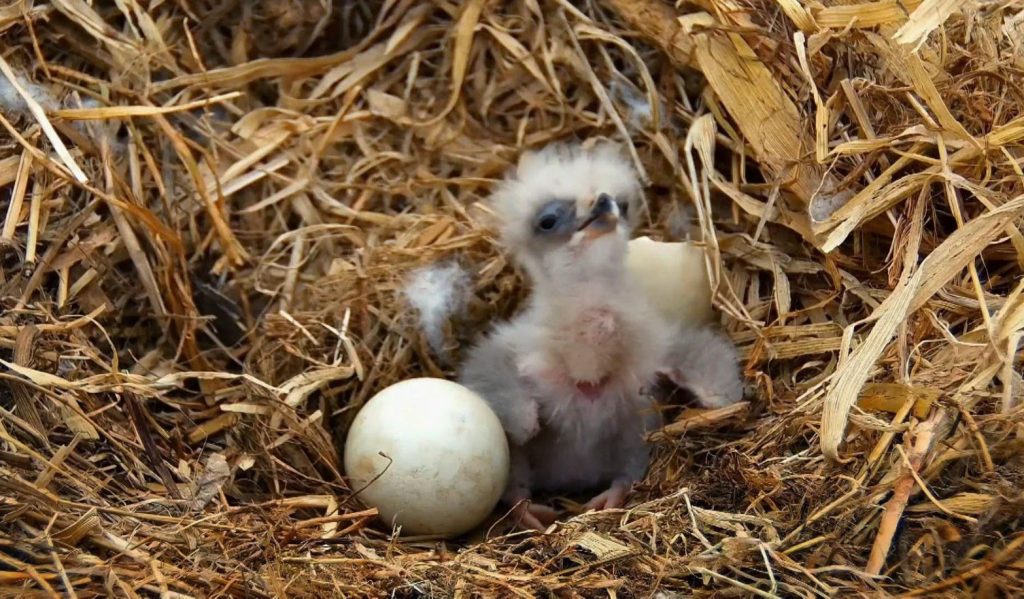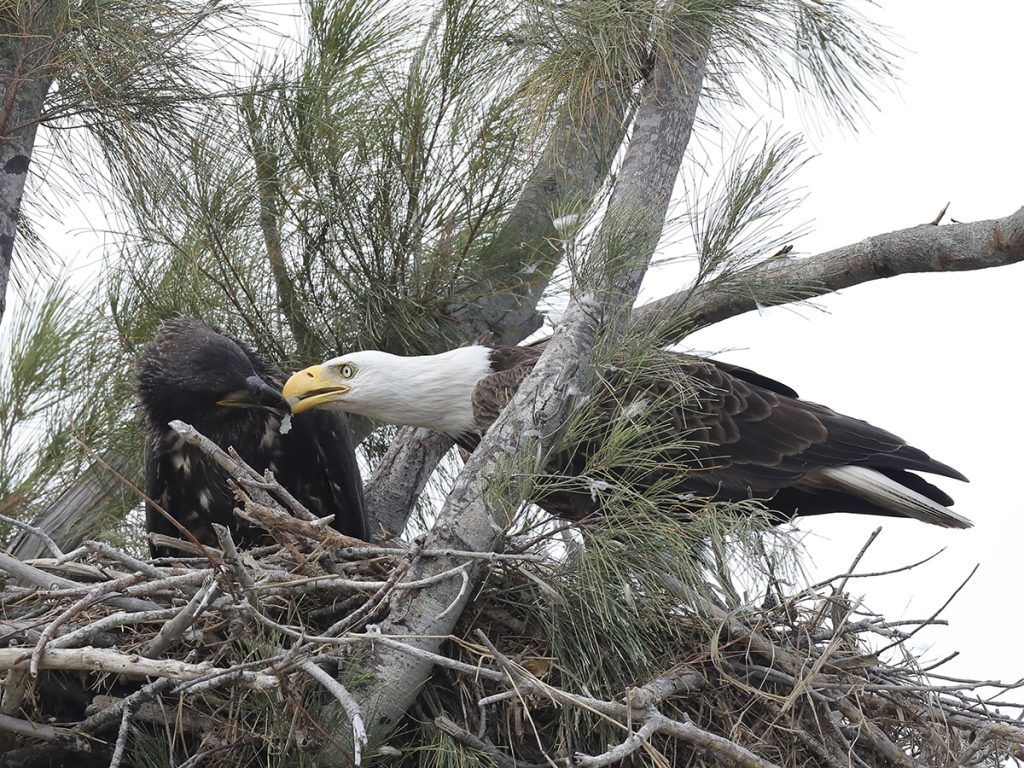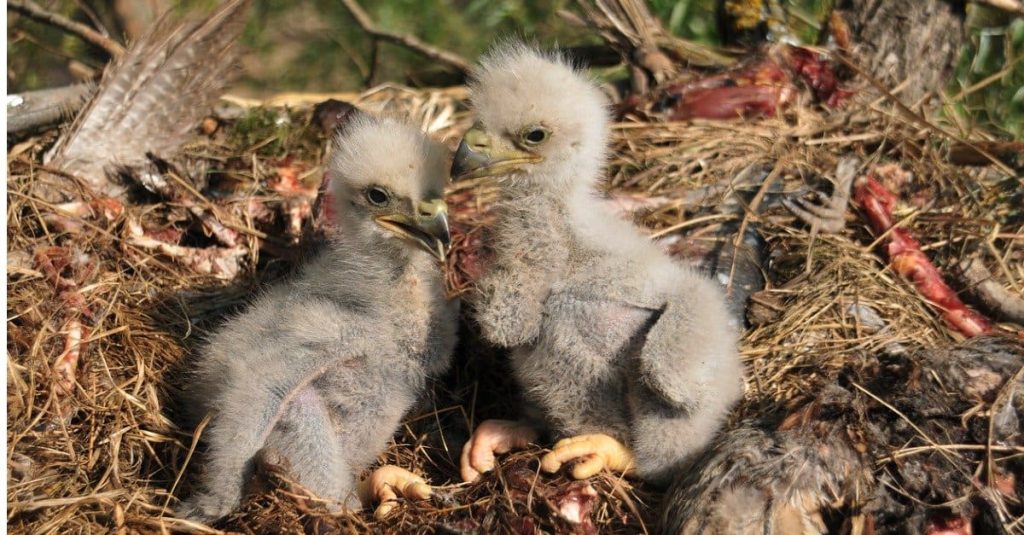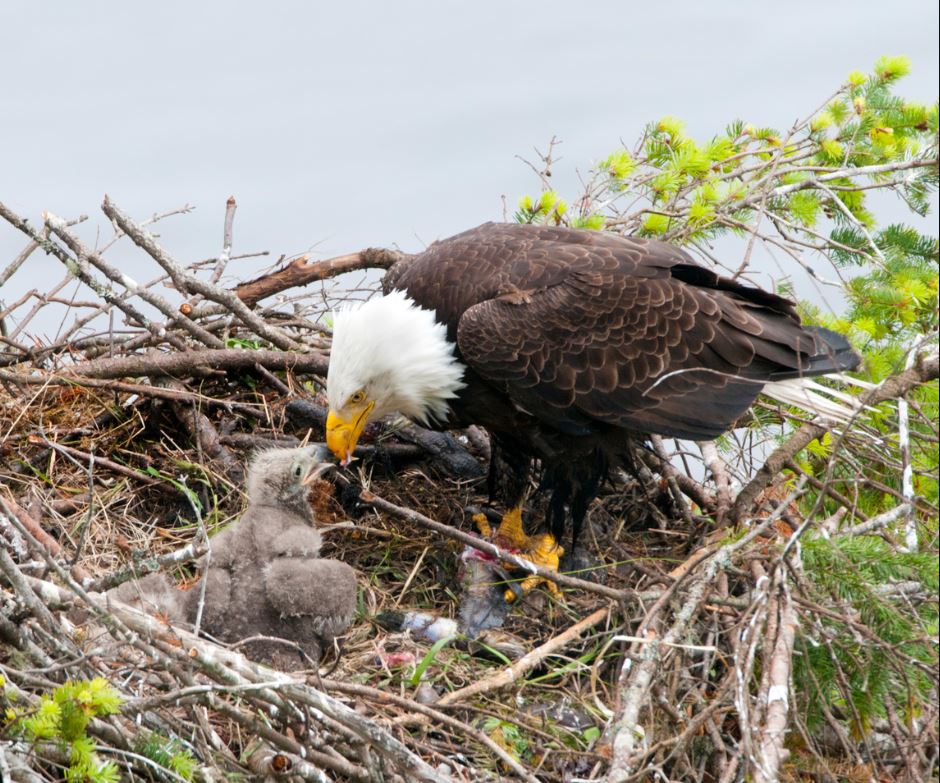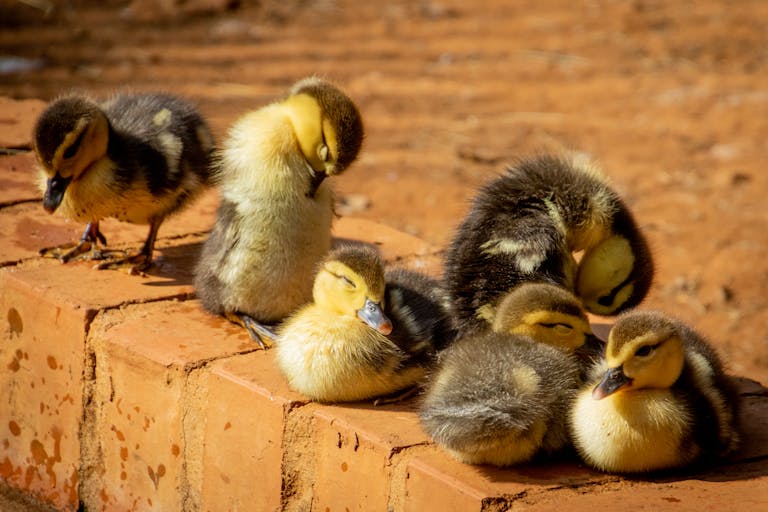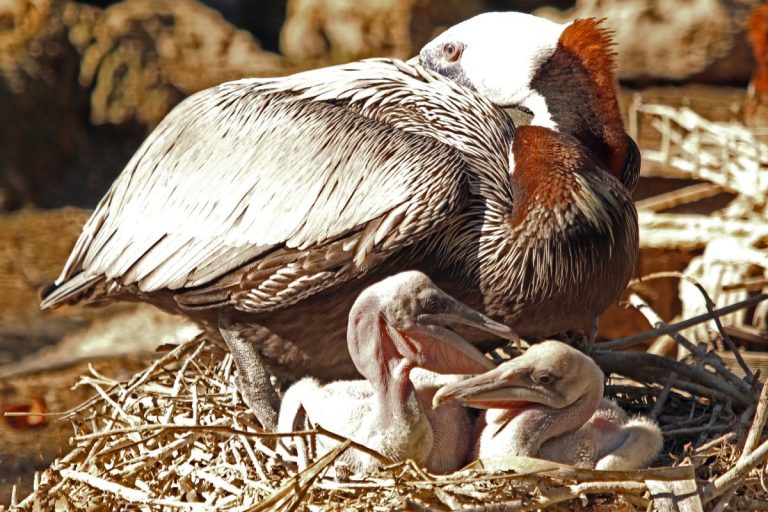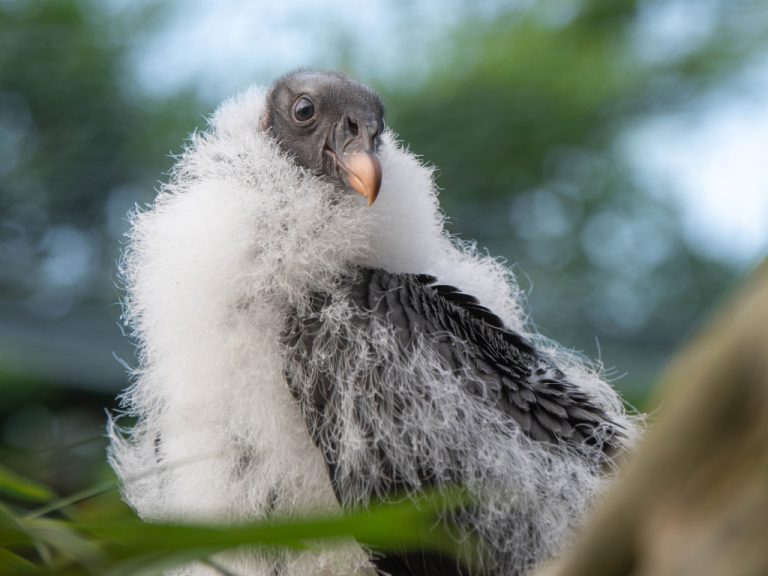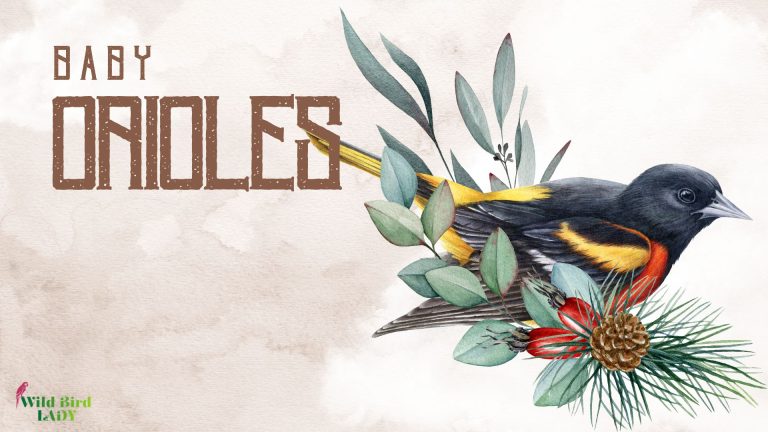Baby Eagle: Everything You Need to Know About These Majestic Chicks
When most people think of eagles, they picture powerful, soaring birds with razor-sharp talons and piercing eyes. But every mighty eagle begins its journey as a vulnerable, fluffy chick. In this guide, we’ll explore everything you need to know about baby eagles—from their first breath in the nest to their first flight into the wild.
What Is a Baby Eagle Called?
A baby eagle is commonly referred to as an eaglet. This term is used during the early stages of an eagle’s life, from hatching until fledging (when it begins to fly). Once it leaves the nest and starts to hunt on its own, it’s considered a juvenile.
The Life Cycle of a Baby Eagle
The life of a baby eagle begins long before it cracks through its eggshell. Let’s walk through each major milestone:
1. Egg Stage
After mating, female eagles typically lay 1 to 3 eggs, depending on the species. Bald Eagles, for example, usually lay two eggs spaced a few days apart (source: All About Birds – Cornell Lab).
The incubation period lasts about 35 days, during which both parents share the responsibility of keeping the eggs warm.
2. Hatching
When eaglets hatch, they are blind, helpless, and covered in a light gray down. The older chick usually hatches first and often dominates its younger sibling. This behavior is known as siblicide and is common among eagles when food is scarce.
Eagle Nesting Habits
Eagles are known for their massive nests, called aeries, which are often reused and expanded year after year. These nests can be up to 10 feet wide and weigh over 2,000 pounds.
They’re typically built high in tall trees, cliffs, or even man-made structures. A safe and elevated location gives the eaglets a better chance at survival.
“The Bald Eagle nest is the largest of any North American bird and the largest tree nest ever recorded for any animal species,” according to the U.S. Fish & Wildlife Service.
What Do Baby Eagles Look Like?
At hatching, eaglets weigh only about 3 to 4 ounces. They have closed eyes, a small beak, and are covered in light gray or white down feathers. As they grow:
- 2 Weeks Old: Down thickens; eyes fully open.
- 3–4 Weeks: Darker secondary down feathers appear.
- 6 Weeks: Juvenile feathers start to emerge; they can now stand and stretch their wings.
- 10–12 Weeks: Nearly full-sized with a mix of dark brown juvenile feathers.
It’s important to note that baby Bald Eagles do not have white heads. That iconic white head doesn’t develop until they are 4–5 years old.
How Do Baby Eagles Grow and Develop?
Eaglets grow rapidly. In just 10–12 weeks, they go from palm-sized fluffballs to fully feathered birds capable of flight.
Their development includes:
- Muscle Strengthening: Through wing flapping and hopping.
- Preening: Learning to maintain their feathers.
- Vocalizing: Communicating with parents and siblings.
- Feeding Themselves: Progressing from being fed directly to tearing meat on their own.
According to the Audubon Society, eaglets may gain up to 6 ounces per day during peak growth periods.
What Do Baby Eagles Eat?
Baby eagles eat whatever their parents bring back to the nest. This usually includes:
- Fish (especially for Bald Eagles)
- Small mammals like rabbits or squirrels
- Birds and waterfowl
- Occasionally carrion
The parents tear the prey into small pieces and gently feed them to the chicks.
“Eaglets rely entirely on their parents for food during their first few months,” explains the American Eagle Foundation. “A single nest may receive up to five pounds of food per day during peak feeding.”
Baby Eagle Survival Challenges
While adult eagles sit atop the food chain, baby eagles face numerous threats:
- Siblicide: The older, stronger chick may outcompete or even kill the younger.
- Predation: While rare, raccoons, owls, or other raptors may attack an unguarded nest.
- Starvation: If food is scarce, the weakest chick may not get enough nutrition.
- Human Disturbance: Nest disruption can lead to abandonment or injury.
Conservation efforts have significantly improved eagle survival rates, but challenges remain.
When Do Baby Eagles Leave the Nest?
Most eaglets fledge (take their first flight) at 10 to 14 weeks old. However, this doesn’t mean they’re fully independent.
Even after fledging, young eagles often stay near the nest for another 4 to 10 weeks, continuing to beg for food and learning how to hunt.
Juvenile eagles go through several years of learning and maturing before they’re ready to reproduce themselves.
Common Types of Baby Eagles
Here are some of the most recognized eagle species in North America and what their young look like:
1. Baby Bald Eagle (Haliaeetus leucocephalus)
- Gray-white down at birth, then dark brown juvenile feathers
- Famous for dramatic color change in adulthood
2. Baby Golden Eagle (Aquila chrysaetos)
- Buff or light brown down
- Larger than Bald Eagles at birth
- Fiercely territorial, often raise only one chick
3. Baby Harpy Eagle (Harpia harpyja)
- Native to Central and South America
- Have a striking, ghostly appearance with pale gray down
- Develop into one of the world’s most powerful raptors
How to Identify Baby Eagles in the Wild
Spotting a baby eagle requires a keen eye. Here’s what to look for:
- Nest Location: Large, high nests with adult activity
- Chick Behavior: Wing flapping, screeching, visible heads
- Feather Stage: Downy bodies early on; juvenile feathers as they grow
- Size: Rapidly growing chicks can look nearly adult-sized by 10 weeks
Binoculars and scopes are invaluable tools for observing baby eagles from a safe distance.
Fascinating Facts About Baby Eagles
- Only 1 in 2 eaglets typically survive to fledge, especially in two-egg nests.
- Juvenile eagles migrate thousands of miles during their first year.
- Some eaglets are tracked with GPS telemetry to study eagle behavior and conservation.
One incredible case in Minnesota involved a Bald Eagle chick hatched from an egg that survived freezing temperatures after the parent was temporarily pushed off the nest by a snowstorm—an example of their remarkable resilience.
How You Can Help Protect Baby Eagles
Even if you’re not a scientist, there are many ways to help:
- Observe Responsibly: Don’t get too close or use drones near nests.
- Report Nest Locations: To local wildlife authorities for monitoring.
- Support Conservation: Donate to organizations like the American Eagle Foundation or participate in citizen science projects.
- Avoid Pesticides: Chemical runoff can poison eagle food sources.
Final Thoughts
The sight of a baby eagle peering out of its nest, beak wide open in anticipation, is one of nature’s most heart-stirring scenes. Watching them grow from fragile fluffballs into magnificent predators is a testament to the wonders of birdlife.
As a birdwatcher, witnessing that journey—through binoculars and patience—never gets old. Each baby eagle is a reminder of how far conservation has come, and how much further we must go to protect these regal birds.
FAQs
How long do baby eagles stay in the nest?
About 10 to 14 weeks, but they may remain nearby for several more weeks before becoming fully independent.
What do you call a baby eagle?
A baby eagle is called an eaglet.
Can baby eagles fly?
Not immediately. They begin flapping their wings around 6–8 weeks old and usually take their first flight around 10–14 weeks.
Do both eagle parents care for the chicks?
Yes. Both male and female eagles help feed and protect the eaglets.
Why do some eagle chicks die in the nest?
Siblicide, starvation, and accidents are common causes—especially when food is limited.

